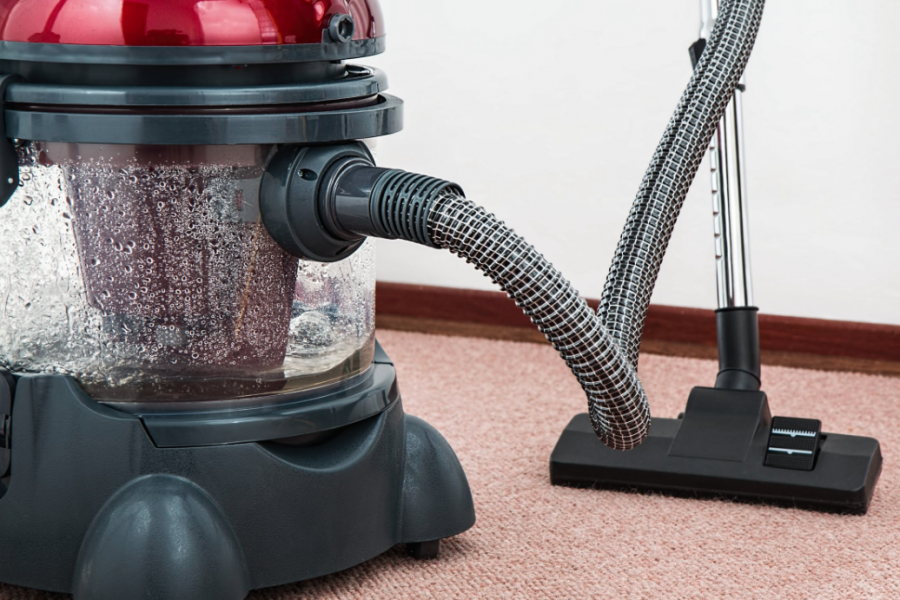Itchy eyes, skin sensitivity, coughing, sneezing, feeling sick, asthma, and even permanent lung damage are all signs people exhibit when their home is contaminated with mold. While mold affects some individuals worse than others, it is important to know that mold spores are not safe for anyone to breathe. If mold has taken up residence in a home, it may require help from a professional to get rid of this intruder. The following are four areas in a home where people do not expect mold should be growing.
In the Attic
A home might have a roof that leaks on a frequent basis. Some of the rain water may get trapped in the attic where people rarely think to look. Since the attic of a home can get warm and moist, this creates a major opportunity for mold to take hold in a home. It also creates a situation where the wood used in the structure of the home could start rotting if the problem is not addressed in a timely fashion.
Under the Carpets
As a result of mold being an indoor problem, carpets are not the best option for a home. All it takes is for water or sewage to back up on a carpeted floor, and mold has an opportunity to take hold. Even if the surface of the carpet is thoroughly cleaned, mold can grow on the underside of the carpet where it is never seen accumulating by the occupants living within the domicile. This is one of potentially numerous situations where a professional mold remediation service would be ideal.
Under the Sink
There might be a musty scent of damp wood coming from under the sink in the kitchen or one of the bathrooms. This is usually a sign that a mold problem could be encroaching on a home. Sometimes this is the result of water leaking from a pipe or humidity lingering about. This is why a home-owner should check under the sinks within their house for mold growth on a fairly regular basis.
In the Walls
One of the sneakiest places for mold to hide is deep within a wall. Sometimes a home-owner does not even have an idea that there is a significant mold problem until the damage to the wall from the mold is apparent. The wall could be damp and even soft in places, indicating that mold has been hard at work wreaking havoc on the internal structure of the home.
From the moment that mold is found in a house, it is important to begin removing it. Mold is responsible for a vast number of mild to severe health problems that are best avoided if at all possible. In addition, allowing mold to continue to damage a home long term can really detract from the resale value of the property.

